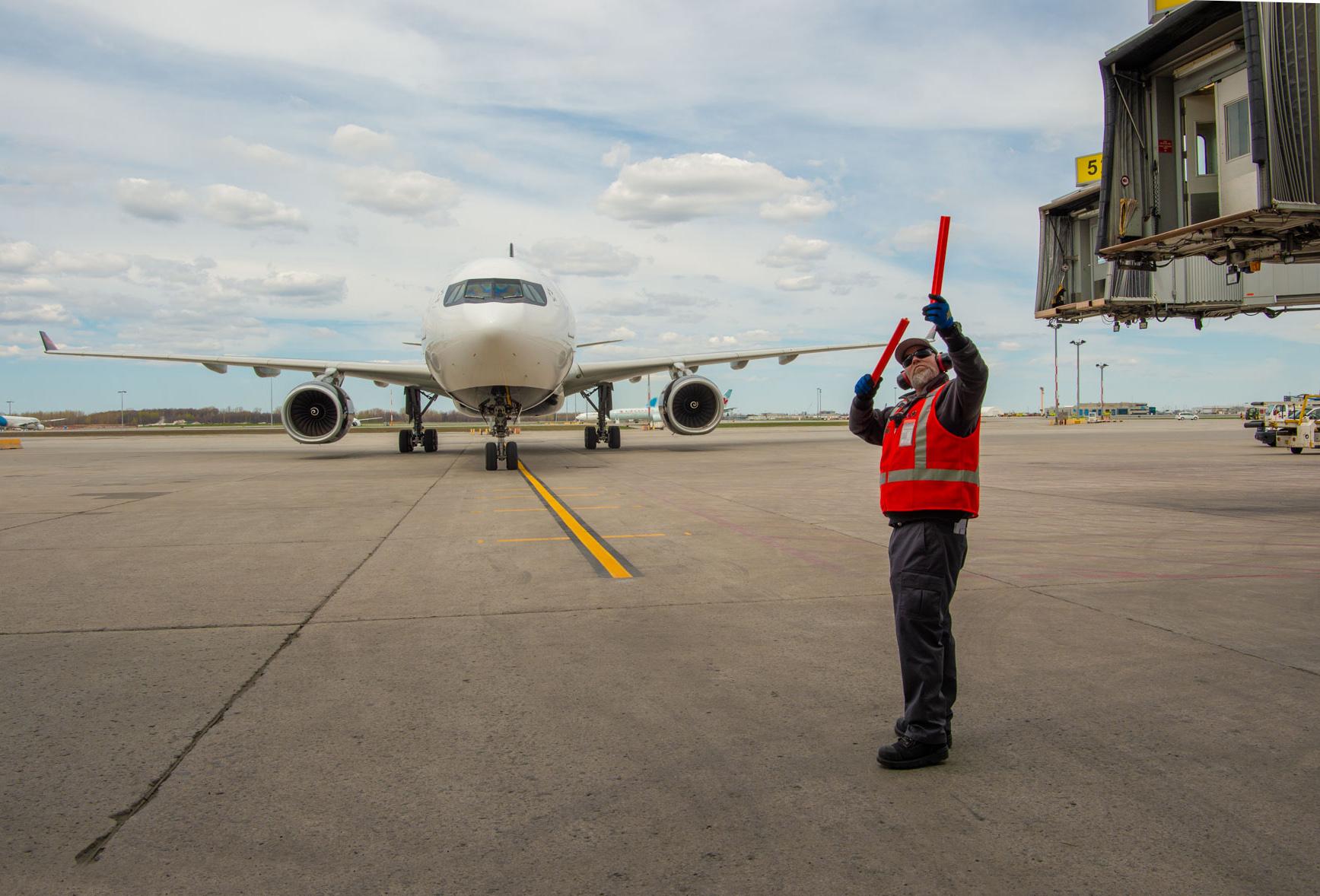
Air Canada will shrink its workforce by at least half in June, as the COVID-19 pandemic continues to batter the global airline industry.
Effective June 7, the Canadian flag carrier will lay off between 50-60% of its 38,000 employees, according to a staff memo sent May 15. The layoffs come after the company furloughed 16,500 workers in March, only to recall them to payroll weeks later thanks to the Canada Emergency Wage Subsidy (CEWS) program.
However, despite the payroll aid Air Canada is increasingly buckling under the pressure to limit cash-burn as demand for air travel remains at historic lows. The carrier grounded more than 200 aircraft while cutting 95% of system capacity, including virtually all U.S. destinations and all but five international routes. Still, it is burning through roughly C$22 million ($15.8 million) a day attempting to maintain that skeleton network while covering the remaining 25% of labor costs not provided for under the CEWS program.
“We therefore took the extremely difficult decision today to significantly downsize our operation to align with forecasts, which regrettably means reducing our workforce by 50-60%,” the company said.
In an effort to right-size its cost-structure, Air Canada is accelerating retirement of 79 older jets across its fleet, consisting of a mixture of Airbus A319, Boeing 767 and Embraer E190 aircraft. The first planes to depart were the E190s, which exited the fleet immediately. The remainder of the retirements will occur in its regional Air Canada Rouge fleet—which operates the bulk of the company’s 767s and A319s—signaling a much smaller regional footprint at Air Canada for the foreseeable future.
Air Canada lost C$1.05 billion ($748 million) in the 2020 first quarter (Q1), compared with a C$345 million net profit in Q1 2019. The company ended the quarter with C$6.5 billion in liquidity, with an additional C$1.4 billion sourced in April.





